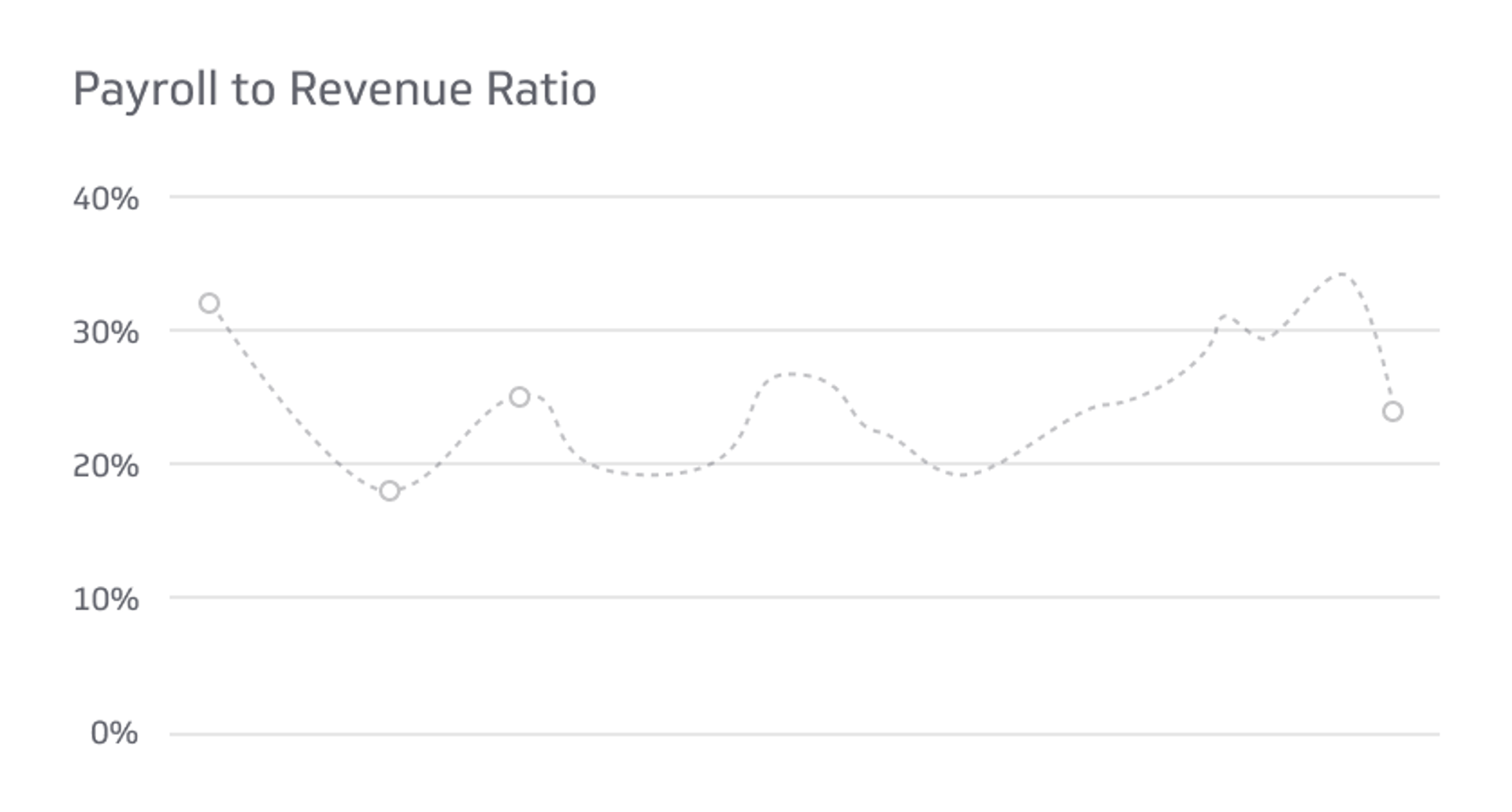
There are other ratios that are gleaned from an income statement, though the ones below represent some of the most common. Most expenses within a fund are variable; however, the variable expenses are fixed within the fund because of how it is calculated. For example, a fee consuming 0.5% of the fund’s assets will always consume 0.5%, regardless of how it varies. A good expense to revenue ratio varies depending on the industry and company. However, a ratio of 50% or less is generally considered to be healthy. Public companies such as General Electric and Disney publicly issue financial statements to report their financial performance and condition.
- A mutual fund with a lower expense ratio, coupled with skilled management and accurate market predictions, can yield substantial returns.
- Adam received his master’s in economics from The New School for Social Research and his Ph.D. from the University of Wisconsin-Madison in sociology.
- Over the past 20 years, expense ratios among all funds — including both passive and active — have been trending downward.
- You know how crucial it is to create sales appointments if you own a business or work in sales….
- It includes fees such as management fees, administrative fees, and other costs incurred in running the fund.
Understanding Revenue Expenditure: Meaning, Examples, and Distinction of Capital Expenditure
The net profit margin, or net margin, reflects a company’s ability to generate earnings after all expenses and taxes are accounted for. Investors pay the fund manager by deducting the expense ratio from the fund’s gross return. Large-cap mutual funds should maintain an ideal expense ratio below 1%, and small-cap funds should not exceed 1.25%. Some funds surpass these thresholds, indicating either high costs or specialized services justifying their expenses.

Examples of revenue expenditure include:
The largest mutual funds have expense ratios that often remain the same from one year to next, even if the long-term trend has been downward. The operating expense ratio is a critical financial metric that provides insight into a company’s operational efficiency. By tracking this ratio over time and comparing it to industry benchmarks, businesses can identify opportunities to streamline operations and boost profitability. The gross profit margin may not reflect the true profitability of a business if there are significant differences between the accounting and the cash flows of the business.
Accounting Treatment
It is, therefore, possible to prepare proper revenue expenditure,which enables one to make correct decisions regarding the running of the business. This blog will explain the revenue expenditure, categories, examples, importance, and issues. It also will consider the distinction between revenue and capital expenses and other fiscal processes such as budgeting and acquisition of assets.
Advanced Tips to Use CRR for Your Business Growth
Adam received his master’s in economics from The New School for Social Research and his Ph.D. from the University of Wisconsin-Madison in sociology. He is a CFA charterholder as well as holding FINRA Series 7, 55 & 63 licenses. He currently researches and teaches economic sociology and the social studies of finance at the Hebrew University in Jerusalem.
However, it’s important to note that many investors choose to invest in funds with high expense ratios if it’s worth it for them in the long run. Actively managed funds and those in less liquid asset classes tend to have higher expense ratios, while passively managed index funds feature the lowest expense ratios. The expense to revenue ratio is important because it can help you assess a company’s profitability and operational efficiency. A high expense to revenue ratio can indicate that a company is spending too much on expenses, which can eat into its profits.
Mutual funds may charge a sales load, sometimes a very pricey one of several percent, but that’s not included as part of the expense ratio. That’s an entirely different kind of fee, and you should do everything you can to avoid funds charging such fees. Major brokers individual taxpayer identification numbers offer tons of mutual funds without a sales load and with very low expense ratios. The gross profit margin does not account for the other expenses that the business incurs, such as marketing, administration, research and development, interest, taxes, and depreciation.
11 Financial may only transact business in those states in which it is registered, or qualifies for an exemption or exclusion from registration requirements. Investors should consider whether the management team has a strong track record and whether the additional fees are likely to result in better investment outcomes. This allows for a more accurate evaluation of whether a particular expense ratio is competitive within its specific market segment. If you can’t see a way to increase revenue, you’ll likely look for ways to cut costs. Reducing costs too much might lead to defective products, rush jobs, and a lack of expertise. You spend $100,000 to generate $200,000 in revenue for a cost to revenue ratio of 50%.

